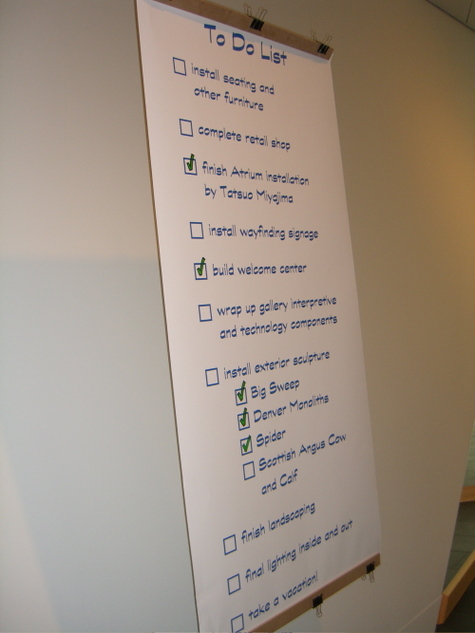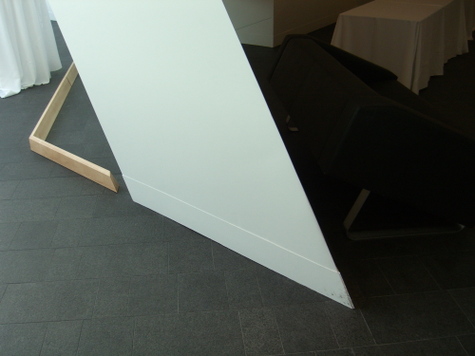Do you have a "to do" list? Odds are you do. Spoken or unspoken, written or not, we all carry around some sense of the stuff we should be doing (or not). Companies and organizations do, too. But they’re mostly secret. Let the world know what you’re thinking of working on, and you’re screwed, right? Competitors will copy your amazing strategic plan in a snap, customers won’t buy your existing offering as they wait for the next thing to come out, and whenever you have a key project schedule slip, shareholders will sue you for issuing misleading future-looking statements. Clearly, it would be a bad idea to share one’s to-do list with the world. Or maybe not, if you’re a business-by-design kind of organization interested in being innovative in a customer-centric way.
If brands are about what you do in the world, and not just about what you say you do in the world, and if relationships are built around some notion of trust, then why not do something concrete which shows that you’re investing in your relationship with customers for the long term? And for me, that could mean putting your organization’s "to-do" list out in public for all the world to see. Here’s something I saw a few weeks ago while on a sneak preview of Daniel Libeskind’s new Hamilton addition to the Denver Art Museum:
This poster to-do list wasn’t hidden away in some bureaucratic space administrator’s back room. No sir, the good people of the Denver Art Museum had the guts to print this thing in poster format and place it right smack-dab in the lobby. Everyone could see it, everyone had to see it. And I appreciate how open they are with the list: we haven’t put in seating, the store ain’t done, and we know there are no signs. We’re working on it. And as we improve the space, we’ll check it off and let you know that we know that these are the things that make or break your museum experience.
Just think what could happen if more organizations put their to-do lists out in public. I think we’d all feel a lot better about doing business with each other. Say — just for the sake of discussion — that you run the FAA’s website and you’ve found some embarrassing typos on your site. But you can’t fix them right away because your web admin is out hiking in Bora Bora (by the way, they’ve now been fixed). What if you could add the "Fix Typos on Travelers page" on your public FAA To Do List blog, right after the entry "Make our site almost as good as that best website ever from Tenacious D"? Knowing that someone intends to do something, that they are aware of their shortcomings and are trying to improve things, can go a long way toward making you believe.
Even better would be to open up that to-do list to anyone. So when I find the typos on the FAA website, rather than writing a snarky post on my blog, I help ’em out by entering an item on their to-do list wiki. Now I’m part of the solution, and probably part of the brand. It’s about leveraging the power of the many to create the best pile of real evidence possible about what works and what doesn’t. At some point along the line this starts to feel a lot like open source. Might Mozilla really be one be one big public to-do list in disguise?
Back to the Denver Museum of Art. I wish they had a publicly addressable to-do list. I would add an entry right now. Something like "fix those crazy interior angled walls that everyone kept tripping over."
Ouch!



To Do Lists at Metacool: A Way to Link Knowledge to Action
Diego at Metacool has an instructive and inspiring new post. He has a picture and a great discussion of a To Do list that was publicly displayed by the staff at the Denver Art Museum, which showed the things that
Fine tastings of last week (#4)
1. When it comes to contributing content or knowledge or whatever (a.k.a user generated content (UGC)), it appears that only …